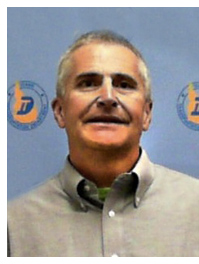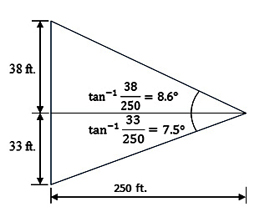
Harelson's paper on low-volume roads earns TRB nod
for 35-percent crash reduction
A white paper from District 5’s Dan Harelson on safety evaluations for skewed intersections will be presented in a lectern session at the annual meeting of the Transportation Research Board (TRB) in Washington, D.C., in January 2016. The paper also will be presented at the TRB International Conference on Low-Volume Roads in Pittsburgh, Penn., July 12-15. The paper recounts a system which has reduced crashes by more than one-third since adoption in 2006.
The overall number and severity of crashes at intersections in the district have dropped by about 35 percent in nine years. More than 1,100 intersections were addressed in District 5, at a cost of approximately $170,000. The paper shows that the reduction is statistically related to the audits.
Harelson’s paper arises from the understanding that vehicle crashes predominantly occur at intersections, and quite often involve drivers not obeying signs or pavement markings. This puts the responsibility on ITD or the system manager to know the signs and pavement markings at their intersections, and whether the signs are in proper repair. And in the case of court action resulting from a crash, ITD needs to be able to demonstrate that the department exercised due diligence with the signs and pavement markings.
The paper is based on an intersection audit system Harelson devised when he was the D5 traffic engineer (he is now a Engineering Manager in D5). The audit system gives engineers a systematic way to review existing signing and striping at an intersection, decide if any improvements are needed; then prioritize those improvements.
“More importantly, it provides documentation that shows the agency has a thorough, ongoing review for our intersections,” explained District Engineer Ed Bala.
Dr. Mandar Khanal and Dr. Baskar Chitoori from Boise State University were co-authors with Harelson on this paper.
The picture below shows what Harelson's paper is all about, which is what the human eye perceives and when it is recognized. Harelson's research shows that by making sure signs are inside a person's field of vision, and by making sure the signs are up to date and have proper reflectivity, ITD can greatly reduce intersection crashes. 
Published 07-10-15